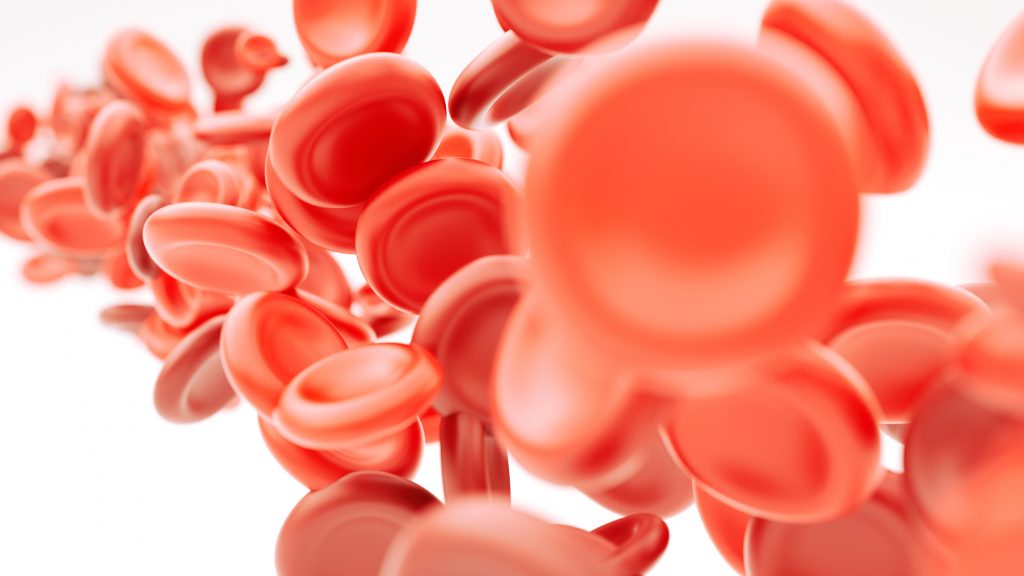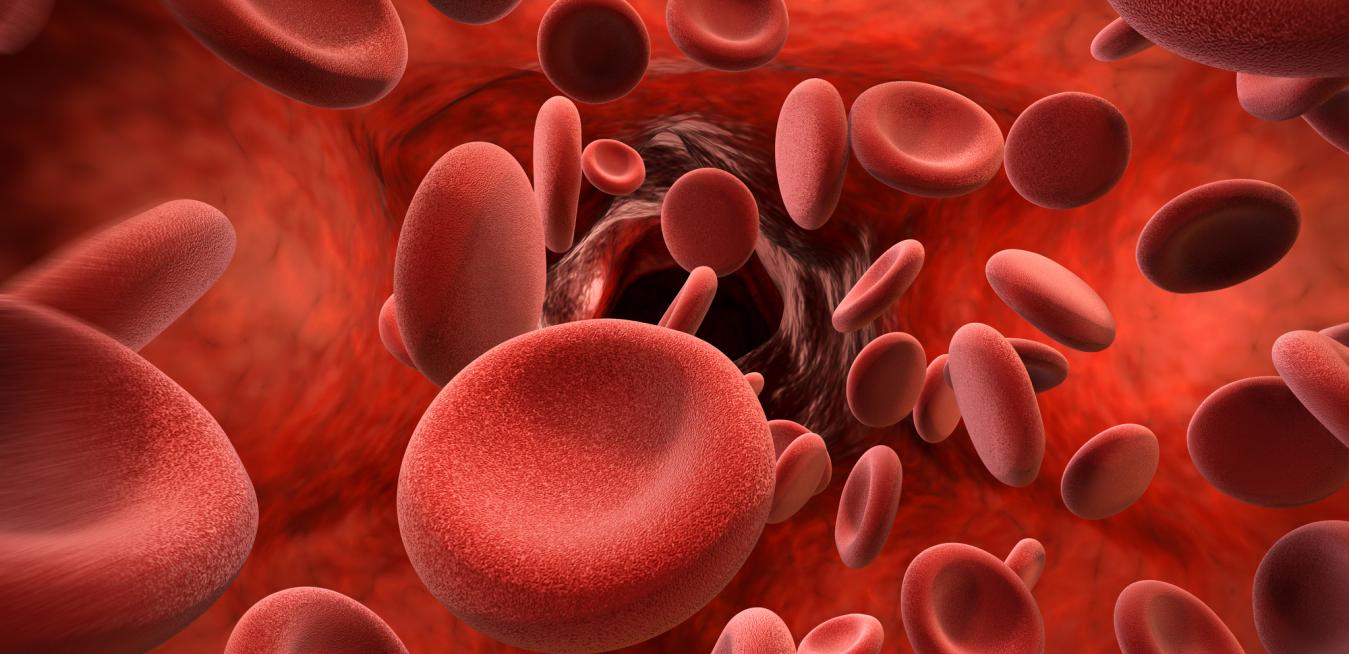Drawbridge, a new business founded by GE Ventures, is building an easy-to-use blood collection device that could be used anywhere — at a clinic in San Francisco, in a remote village in Borneo or potentially even at home. Users will be able to apply the device to the upper arm and activate it. It will then store and stabilize the sample in a special cartridge. After a few minutes, the user can remove the cartridge and send it to a laboratory for analysis. “It’s so simple,” says Stack, who leads GE Ventures’ New Business Creation team, which develops and invests in new healthcare, energy and software prospects. “So many people could benefit from this technology.”
The blood collection business is certainly ripe for change, says Lee McCracken, Drawbridge CEO. “Today, blood sampling is dominated by a few large companies,” he says. “They’ve been doing the same thing for decades.” Although he doesn’t expect Drawbridge to “change the world overnight,” he says the device’s applications could include wellness testing, chronic disease management and reproductive health, among others.
 Top and above: Drawbridge, a new business founded by GE Ventures, is building an easy-to-use blood collection device that could be used anywhere. Images credit: Getty Images.
Top and above: Drawbridge, a new business founded by GE Ventures, is building an easy-to-use blood collection device that could be used anywhere. Images credit: Getty Images.The playing field is huge. The global blood collection market stands at $7 billion, and health professionals in the U.S. alone draw more than 1 billion blood samples every year. Handling blood is also an important factor in treating patients — blood test results reportedly influence 70 percent of clinical decisions. Then there’s the fear factor. Surveys show that 10 percent of people are afraid of needles and 25 percent require uncomfortable “re-sticks.” The device also could help many men and women whose veins are difficult to access. Stack says the device is an example of a trend in healthcare toward individual control, limiting people’s time away from work or trips to specialized labs. “We are very excited about the opportunity this creates,” she says.
The blood stabilization technology inside the device, a high-tech paper-like material known as "the matrix," was originally developed by scientists at GE Global Research, leveraging knowledge and expertise from the GE Healthcare team.
The collection device will draw a small amount of blood and channel it onto the matrix, which stores the sample for later extraction and testing. The matrix also stabilizes the collected blood sample and eliminates the need to refrigerate it, which will simplify transporting it to the lab.
When GE Ventures learned about the technology, Stack and her colleagues thought they could build a business around it, as they did with other companies they’ve launched. For example, Vineti is a technology company that uses advanced manufacturing and data analysis software to “industrialize” cell therapy and help make it available for a large number of patients. “The folks in the research center and in GE businesses are bringing us ideas, and we think about business opportunities,” she says.
Drawbridge has made significant process in its product development, and McCracken is optimistic about the future. He says that the technology could even help pharmaceutical companies during drug discovery and drug safety testing. “That is the far end of the spectrum,” he says. “We want to focus on those areas where we can make the biggest difference and be the most helpful.”





